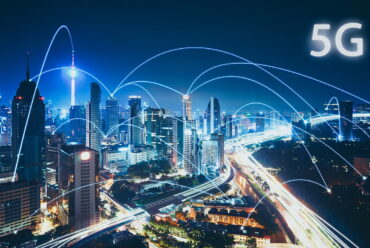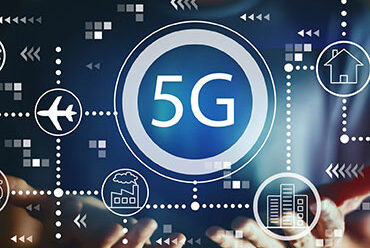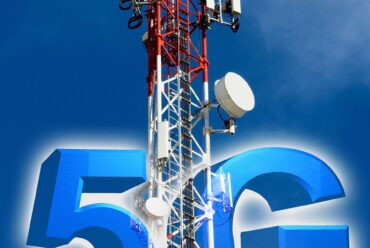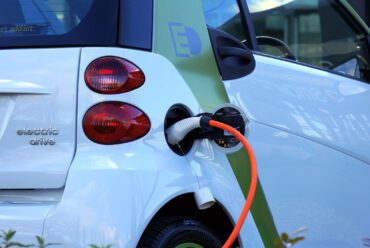The Fuss Over 5G

In telecommunications, 5G is the fifth-generation cellular network technology standard, which cellular telephone operators started implementing across the globe in 2019. It is the intended replacement to 4G networks that link most existing mobile phones.
Mobile communication (5G) is anticipated to handle fast-growing mobile traffic to create a “hyper-linked world,” where all people and everything around them is connected, information is shared, and the function of an internet foundation for everything. Since about 2013, many research initiatives have been focused on 5G research, and various agreements are made on 5G vision and candidate technologies. The 5G wireless network is anticipated to become a “Heterogeneous Network,” in which new 4G incompatible wireless technology and wireless band access technologies are combined with improved 4G technology (e.g., IMT-advanced).
5G Anticipation
It is anticipated that the 5th generation (5G) network would enable vast amounts of data transmission and a high number of wireless connections. Distinct traffic data have different service quality (QoS) needs.
5G mobile networks seek to overcome past cell legal constraints (i.e., 2G/3G/4G) and serve as a future key enabled for the future Internet of Things (IoT). 5G networks also allow a wide variety of applications, including smart home, autonomous moving, drone operations, critical health, and task applications, industrial IoT (IIoT), entertainment, and multimedia.
Drawing on end-users experience, many 5G services are classified as immersive 5G services, innovative 5G services, ubiquitous 5G services, self-contained 5G services, and public 5G services.
What’s Behind 5G Technology?
5G is built on OFDM, a technique for modulating a digital signal over many distinct channels to minimize interference. In addition to the OFDM principles, 5G utilizes the 5G NR air interface. 5G utilizes broadband technology like sub-6 GHz and mmWave as well.
5G’s greatest promise for customers is media transmission and data transaction rates equivalent to wired Ethernet networks throughout the nation and increased speeds where topology and service infrastructure enable the technology. Once all 5G components have been completely installed and operational, you do not need any kind of wire or cord to provide your mobile device, your fixed device (HDTV, security system, and smart gadgets), or your motor vehicle with any sort of communication or even entertainment service. If everything works, 5G would be the best answer to the traditional “last mile” problem: providing the client with a fully digital connection from the tip of a carrier network to a new hole.
5G: No Guarantees But Huge Potential
There is no guarantee that when the time comes, any customer will choose the same provider unless the consumer is prepared to sign an agreement beforehand with so many technologies under the 5G umbrella – home broadband, office broadband, home television, the Internet of Things, in-car communication, as well as mobile phone. This is why telecoms are ramping up their 5G branding efforts today, including preliminary 4G upgrades with 5G monikers and restoring a 5G concept to customers as a hazy, foggy, nebulous entity that embodies a future science-fiction ideal.
What About 5G Repairs?
Electronic parts for this explosive, emerging marketing can sometimes be hard to find. Technicians with cutting-edge experience are important today. 5G Parts Procurement in Boca Raton, Florida is your “one-stop-shop” for 5G electronic components, Call 800-226-6960 or contact us here.





